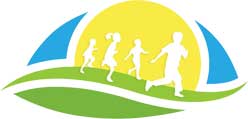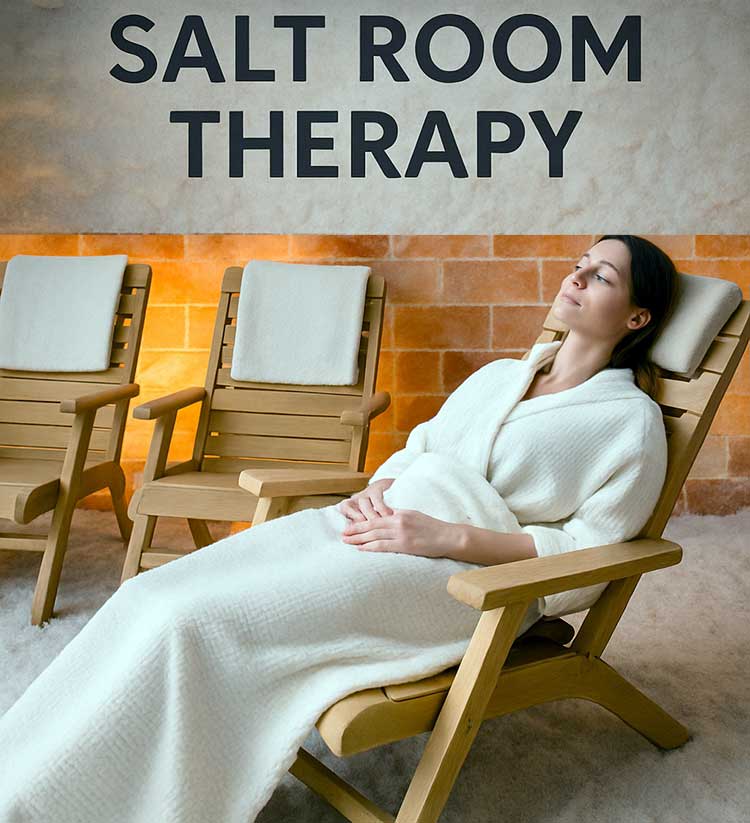Acupuncture for Insomnia & Anxiety: Restoring the Calm Within
Dr. Tatyana's Health and Wellness Blog
Treating the whole person to restore optimal health. Check back often for up-to-date news and information about acupunture and Chinese medicine.
Most Recent Posts ...
Posted on: 12/22/2025
Posted on: 12/8/2025
Posted on: 11/24/2025
Posted on: 11/10/2025
Search All Blog Posts
Blog Post Archive Categories
- Top 5 Ways to Stay Healthy This Winter and Avoid the Flu
- Happy Thanksgiving: A Season of Gratitude, Healing & Reflection
- Salt Room Therapy: Your Sanctuary for Breathing, Healing & Deep Relaxation
- Acupuncture for Insomnia & Anxiety: Restoring the Calm Within
- Quieting the Storm: How Acupuncture and Neurofeedback Can Help Functioning Alcoholics Break Free
- How Acupuncture Can Help Restore Menstrual Health in Amenorrhea
- Chronic Fatigue and Chronic Inflammation: A Holistic Look Through Western and Eastern
- The Hidden Dangers of Overusing Supplements: Are You Taking More Than You Should?
- The Importance of Exercise and How to Stay Motivated for a Healthier You
- Prioritize regular acupuncture treatments
Acupuncture enhances circulation, strengthens the immune response, and regulates inflammation. Many patients find that consistent treatments during fall and winter help them avoid seasonal illnesses altogether. It's one of the most effective natural methods to support immunity. - Eat warm, nourishing foods
Your digestive system needs warmth to function properly. Cold drinks, raw salads, and iced smoothies weaken digestive fire. Instead, choose soups, stews, bone broth, ginger tea, roasted vegetables, and warming spices like cinnamon and garlic. - Protect your sleep
Sleep is when the immune system regenerates. Even one night of poor sleep weakens your defenses. Aim to go to bed earlier, minimize blue light exposure, and establish a relaxing nighttime routine. - Use herbal support
Herbs such as Astragalus and Reishi help strengthen immunity, reduce inflammation, and boost energy. These herbs have been used for centuries and work beautifully alongside acupuncture. - Manage stress before it manages you
Chronic stress suppresses immunity. Acupuncture activates the parasympathetic nervous system, reducing cortisol and helping the body return to balance. Simple practices like deep breathing and gentle stretching also help protect your health. - 1–2 slices fresh ginger (warms digestion, boosts circulation)
- 1 small cinnamon stick (warms the body, supports the Spleen)
- 1 tsp dried orange peel (regulates Qi, reduces bloating)
- 1 tbsp dried goji berries (nourishes Blood and Lungs)
- ½ tsp raw honey (optional, moistens Lungs)
- 2–3 jujube dates (red dates) (calms the mind, strengthens digestion)
- 2 cups hot water
- In a small pot, bring 2 cups of water to a gentle boil.
- Add ginger, cinnamon stick, orange peel, goji berries, and jujube dates.
- Lower the heat and let it simmer for 10–15 minutes to release the warming oils and herbal benefits.
- Strain into your favorite mug.
- Add a small amount of raw honey once the tea cools slightly (to preserve the enzymes).
- Sip slowly and enjoy the comforting warmth.
- in the morning to warm digestion
- in the afternoon when energy drops
- before bed to relax and ground the body
- when you feel chilled, dry, stressed, or run-down
- during seasonal transitions to support the immune system
- Turmeric for inflammation
- Fresh pear slices for dry cough or throat dryness
- Star anise for digestive support
- A splash of lemon for clarity and brightness
Acupuncture for Insomnia & Anxiety: Restoring the Calm Within
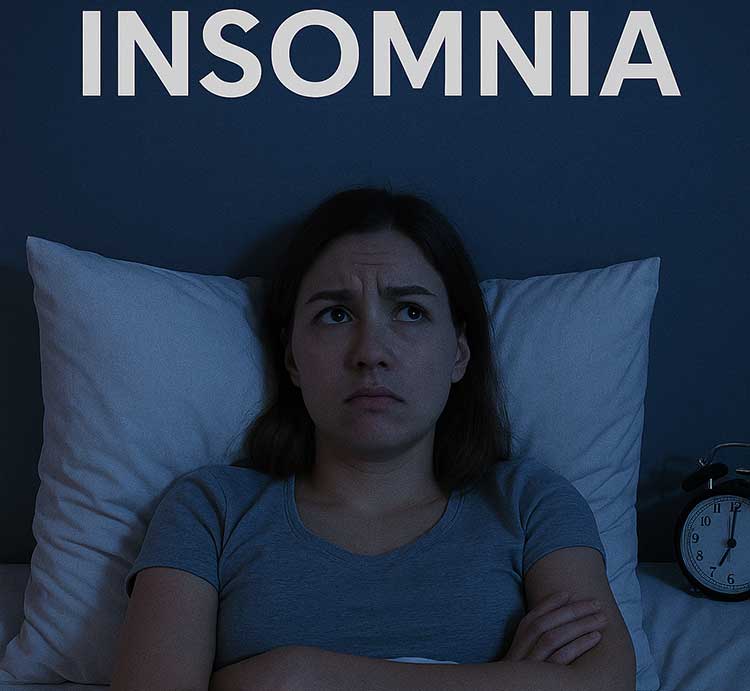
Sleep is the foundation of physical, emotional, and mental health — yet for so many people, restful sleep feels out of reach. Insomnia can show up in many forms: difficulty falling asleep, waking during the night, early morning awakening, or restless, light sleep that leaves you tired the next day. Anxiety often travels alongside it, creating a cycle where worry keeps you awake, and lack of sleep heightens stress, irritability, and physical tension. This cycle can feel endless, but Traditional Chinese Medicine (TCM) offers a gentle, powerful solution that helps the mind and body reconnect with their natural rhythms.
Acupuncture treats insomnia and anxiety by regulating the nervous system and balancing the flow of Qi — the body’s vital energy. When Qi becomes stuck or imbalanced due to stress, overthinking, emotional strain, or hormonal changes, symptoms like restlessness, racing thoughts, heart palpitations, tight chest, or digestive upset often appear. By restoring harmony to the body’s internal pathways, acupuncture helps shift the system from “fight-or-flight” into “rest-and-digest,” allowing the mind to slow down and the body to release accumulated tension.
From a TCM perspective, insomnia can arise from several underlying patterns. Heart Yin deficiency may cause anxiety, night sweats, and difficulty staying asleep. Liver Qi stagnation can lead to racing thoughts, irritability, and restless nights. Spleen Qi deficiency often manifests as worry, overthinking, and fatigue. Kidney imbalances may create fear, early waking, or chronic anxiety. Rather than providing a one-size-fits-all treatment, acupuncture identifies your specific pattern and helps correct the imbalance, leading to deeper, more restorative sleep.
Modern research supports these traditional principles. Acupuncture has been shown to increase the production of serotonin and melatonin — neurotransmitters crucial for sleep regulation. It also lowers cortisol, the body’s primary stress hormone, which is often elevated in people with chronic anxiety or insomnia. As cortisol levels normalize, the mind becomes quieter, the body relaxes, and sleep naturally improves. Many patients report feeling calmer after the very first session, describing a peaceful “reset” that carries into their daily life.
Another important aspect of insomnia and anxiety is the emotional burden they create. Sleepless nights often lead to frustration, fear of bedtime, and the sense that the mind has lost control. Acupuncture helps break this emotional pattern by providing a safe, quiet space for the nervous system to unwind. During treatment, the brain enters a deep, meditative state, similar to what occurs during mindfulness practices or restorative yoga. This shift helps re-train the brain to feel safe in stillness, making it easier to fall asleep and stay asleep.
Acupuncture can also be combined with herbal medicine for even stronger results. Herbs like Suan Zao Ren, He Huan Pi, or Zhi Zi help calm the mind, nourish the Heart, reduce nighttime heat, and support emotional balance. When tailored specifically to your pattern, herbal formulas work beautifully alongside acupuncture to improve sleep quality, reduce anxiety, and strengthen your overall energy. Lifestyle recommendations — such as evening rituals, breathing exercises, and dietary support — further enhance the healing process.
Over time, patients often notice more than just better sleep. They feel clearer during the day, more stable emotionally, and more resilient in handling stress. Digestion improves, hormonal balance stabilizes, and mood becomes lighter. These changes reflect the holistic nature of acupuncture: it does not merely suppress symptoms but strengthens the entire system so peace becomes the natural state, not the exception.
If you’ve been struggling with insomnia, anxiety, or restless nights, know that your body has not forgotten how to rest — it simply needs guidance. Acupuncture offers a safe, gentle pathway back to deep sleep, calm energy, and emotional balance. You deserve to feel peaceful within yourself.
If you're ready to sleep better and feel calmer, I’m here to support your healing. Schedule your acupuncture session at Family Acupuncture & Health.
Top 5 Ways to Stay Healthy This Winter and Avoid the Flu
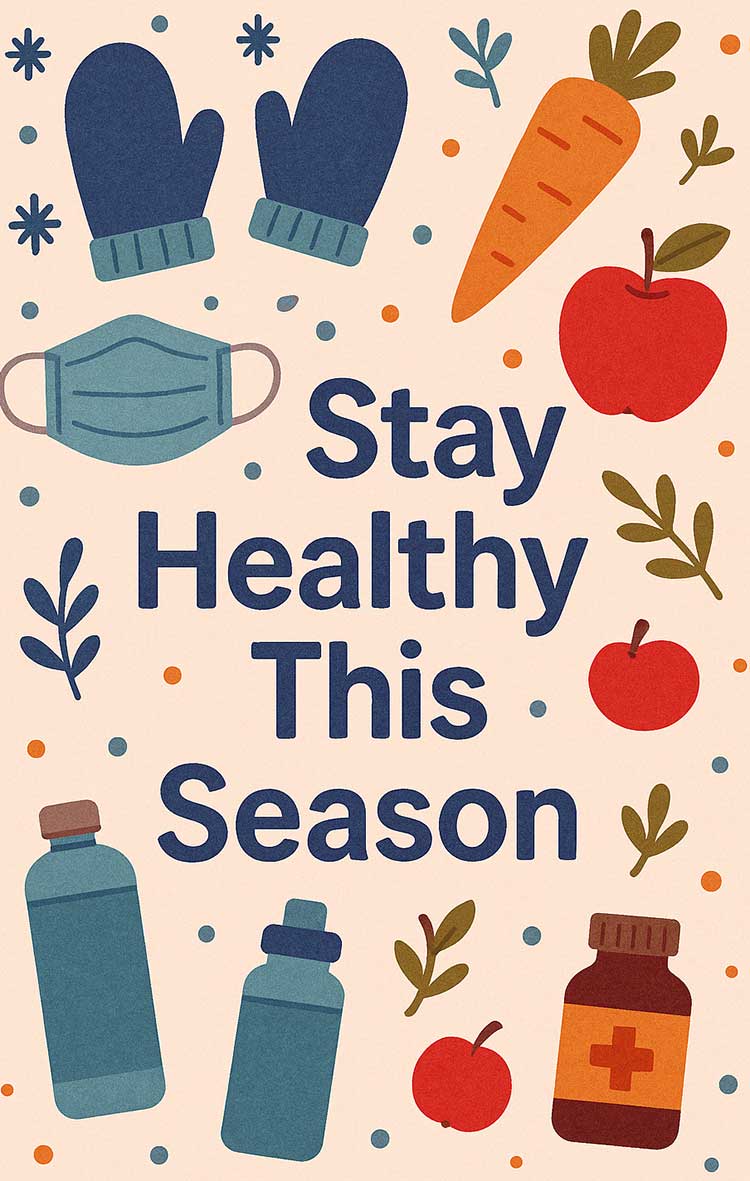 Winter challenges the body in ways we often overlook cold temperatures; dry indoor air, increased stress, and less sunlight all weaken our immune defenses. Both Western medicine and Traditional Chinese Medicine (TCM) agree that supporting immunity proactively is far more effective than waiting until illness begins. Strengthening the body now helps reduce the likelihood of colds, flu, sinus infections, and lingering coughs.
Winter challenges the body in ways we often overlook cold temperatures; dry indoor air, increased stress, and less sunlight all weaken our immune defenses. Both Western medicine and Traditional Chinese Medicine (TCM) agree that supporting immunity proactively is far more effective than waiting until illness begins. Strengthening the body now helps reduce the likelihood of colds, flu, sinus infections, and lingering coughs.
In TCM, the immune system relates closely to the Lungs and the body’s protective shield known as Wei Qi. When your Wei Qi is strong, your body is better able to resist pathogens. When it’s weak, fatigue, sinus issues, or repeated illnesses often follow. Acupuncture is a powerful tool for improving the function of both the Lungs and the Wei Qi, helping you stay balanced throughout the season.
Staying healthy during winter is absolutely possible. With the right support, your immune system can remain strong, balanced, and resilient all season long.
Call us 425-785-1817 to make an appointment.
Autumn Harmony Tea
Ingredients (serves 2–3 cups)
Instructions
Why This Tea Is Perfect for Fall (TCM Benefits)
Ginger
Warms the digestive system, calms nausea, boosts circulation, and prevents cold from invading the body.
Cinnamon
Gently opens the channels, strengthens the Spleen, and supports your inner warmth as external temperatures drop.
Orange Peel (Chen Pi)
Regulates Qi, reduces bloating, and helps digest heavier fall foods.
Goji Berries
Nourish the Liver and Blood, brighten the eyes, and support immunity.
Jujube Dates
Calm the mind, nourish the Spleen, and soothe stress — perfect for grounding fall energy.
Raw Honey
Moistens the Lungs and protects against dryness, a common issue during fall.
When to Drink It
This tea is wonderful:
Optional Add-Ins
Customize your tea based on how you feel:
A Cup of Comfort for the Season
Fall invites us to slow down, nourish deeply, and reconnect with warmth.
This tea does exactly that — calming the mind, soothing the belly, and supporting the lungs as the seasons shift.
Enjoy your Autumn Harmony Tea, and may it bring warmth and balance to your day.
Happy Thanksgiving: A Season of Gratitude, Healing & Reflection
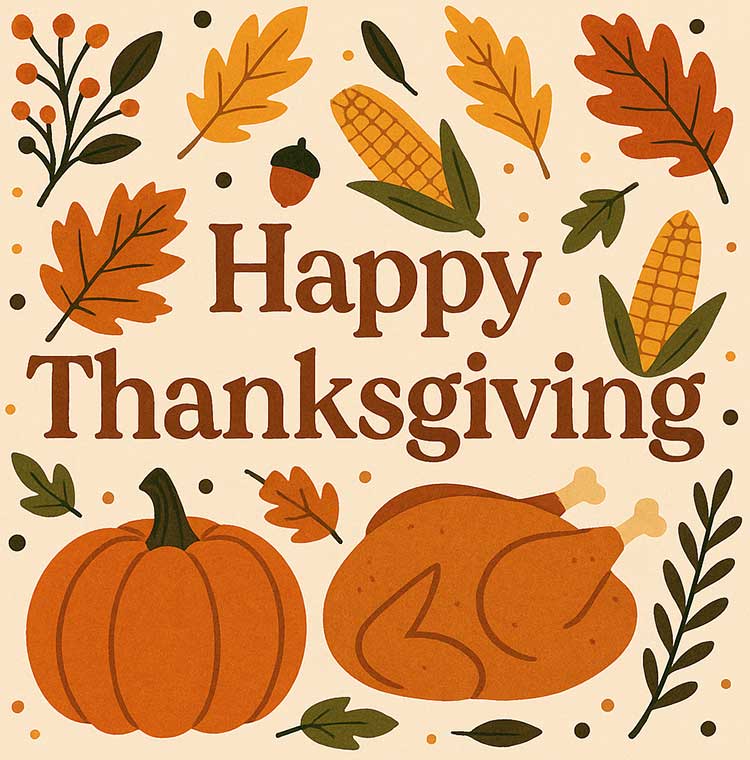
Thanksgiving arrives as a gentle reminder to slow down, breathe more deeply, and reconnect with the parts of ourselves that often get lost in the rush of daily life. The season carries a softness — fallen leaves, cooler air, quiet mornings — an invitation to pause and reflect. In Traditional Chinese Medicine (TCM), this time of year is closely connected to the Lungs and the energy of letting go. Just as trees release their leaves, we are encouraged to release tension, emotional heaviness, and anything that is no longer serving us.
Gratitude itself is a form of medicine. When we take a moment to acknowledge the blessings in our lives — even the small ones — our nervous system responds. Breath deepens. Muscles soften. The heart becomes lighter. Research shows that gratitude lowers stress hormones and increases serotonin, aligning beautifully with TCM teachings that gratitude nourishes the Heart and the Spirit (Shen).
For many, the holiday season also brings emotional complexity. Some feel joy and connection, while others carry stress, loneliness, or memories that surface at this time of year. If this is you, I want you to know that you are not alone. Acupuncture can be a gentle anchor, helping regulate mood, support sleep, soothe the nervous system, and strengthen immunity as winter begins.
To every patient who walks into my clinic. Thank you for trusting me with your care. Thank you for committing yourself to your healing, whether it involves acupuncture, herbal medicine, cold laser therapy, neurofeedback, or lifestyle guidance. Your resilience inspires me every day. It is an honor to support your journey.
As we enter the colder months, remember to nourish yourself deeply. Keep your neck and feet warm. Drink healing teas. Choose food that is ground and comfort you. Allow yourself moments of stillness. Winter is a season of conserving energy and building inner strength — a perfect time for self-care, reflection, and restorative practices.
This Thanksgiving, I wish you warmth, peace, and a heart full of gratitude. May you feel supported and centered, and may the coming season bring healing and balance.
With appreciation,
Dr.Tatyana
